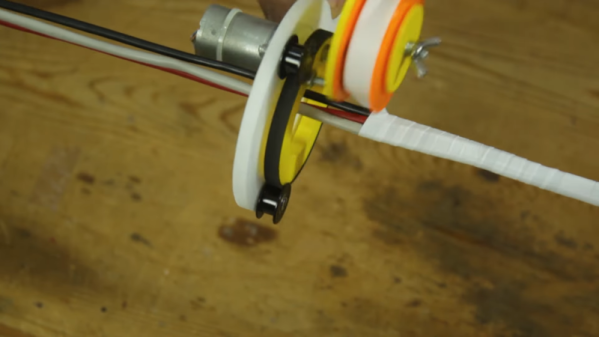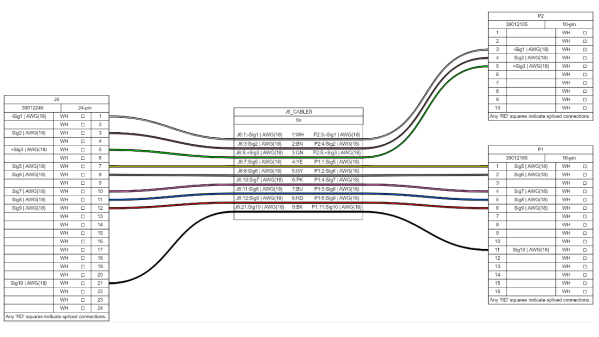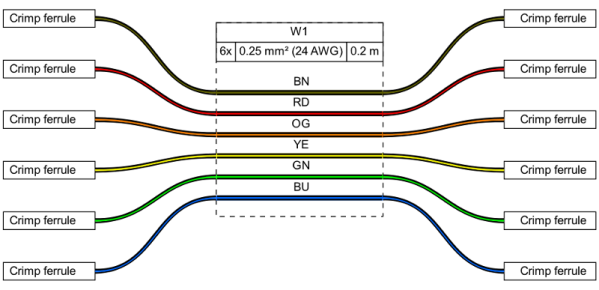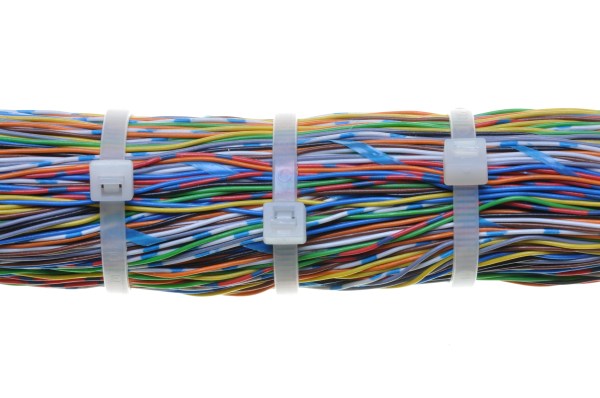“Please say it wasn’t a regex, please say it wasn’t a regex; aww, crap, it was a regex!” That seems to be the conclusion now that Crowdstrike has released a full root-cause analysis of its now-infamous Windows outage that took down 8 million machines with knock-on effects that reverberated through everything from healthcare to airlines. We’ve got to be honest and say that the twelve-page RCA was a little hard to get through, stuffed as it was with enough obfuscatory jargon to turn off even jargon lovers such as us. The gist, though, is that there was a “lack of a specific test for non-wildcard matching criteria,” which pretty much means someone screwed up a regular expression. Outside observers in the developer community have latched onto something more dire, though, as it appears the change that brought down so many machines was never tested on a single machine. That’s a little — OK, a lot — hard to believe, but it seems to be what Crowdstrike is saying. So go ahead and blame the regex, but it sure seems like there were deeper, darker forces at work here.
wiring harness8 Articles
Hackaday Links: February 25, 2024
When all else fails, blame it on the cloud? It seems like that’s the script for just about every outage that makes the news lately, like the Wyze camera outage this week that kept people from seeing feeds from their cameras for several hours. The outage went so far that some users’ cameras weren’t even showing up in the Wyze app, and there were even reports that some people were seeing thumbnails for cameras they don’t own. That’s troubling, of course, and Wyze seems to have taken action on that quickly by disabling a tab on the app that would potentially have let people tap into camera feeds they had no business seeing. Still, it looks like curiosity got the better of some users, with 1,500 tapping through when notified of motion events and seeing other people walking around inside unknown houses. The problem was resolved quickly, with blame laid on an “AWS partner” even though there were no known AWS issues at the time of the outage. We’ve said it before and we’ll say it again: security cameras, especially mission-critical ones, have no business being connected with anything but Ethernet or coax, and exposing them to the cloud is a really, really bad idea.
Wiring Harness? That’s A Wrap!
[Mr Innovative] likes to keep his wire harnesses tidy, but it is a pain to neatly wrap cables. So, he automated the process using a combination of milled acrylic and 3D printing. We hope the design files will be up on his website soon, although the mechanism is similar to another wrapping machine he made a few years ago. However, it can still be a source of inspiration if you want to do a unique take on it.
To use the machine, you feed the wires through the center hole and mount tape on the spool. A motor spins the spool and you only need to slowly advance the tool to get a nice close wrap. Naturally, you can wrap tape around wires by hand, so this is a bit of a luxury item. However, we could see modifying it to move the cable through at a constant rate with another motor, which might do a better job than you can do by hand.
We couldn’t help but wonder if you could start with a ping pong paddle instead of cutting the frame out of acrylic.
A Simple Web-Based Wiring Harness Tool
When building electronic assemblies there is quite often the need to construct custom cables to hook things up. It’s all very well if you’re prototyping by hand, or just building one or two of a thing, but if you’re cranking them out using outside help, then you’re going to want to ensure that cable is described very accurately. [Christian Nimako-Boateng Jr.] presents for us the first version of wirely, a wiring harness tool. This is a web-based tool that allows one to describe the cable ends and connectivity between them, producing a handy graphic and exports to excel in a format that should be easy to follow.
Based around the wireviz Python library running on a flask-based backend, image data are sent to the web assembly front-end and rendered with OpenGL. Configuration files can be imported and exported as JSON, making it easily linkable to other tools if required. Helpfully, the tool also seems to support some kind of revision control, although we didn’t try that yet. The process is straightforward enough, one simply defines a few groups (these relate to individual PCBs or other floating items in the assembly) which each contain one or more connectors. First, the connectors are described with part numbers, and wire gauge data, before defining the list of connections (wires) showing which signal and physical pins are connected together. Nothing more complex than that yet. We think there is still some more functionality that the tool could manage, such as shielding and guarding details, twisted pair definitions and a few others, but for a first pass, wirely looks pretty handy.
If you want a more heavyweight option using IEC 60617 symbols for describing wiring harnesses, then look no farther than QElectroTech, and yes, we have covered wireviz before, just for those that want to cut out the middleman and describe their cables in Python directly.
An Open Source Tool To Document Your Wiring
Most of us are familiar with the tools available to create circuit diagrams, as generally that’s the first step towards producing a custom PCB. But that about the cables and wiring harnesses that don’t live on your board? How do you easily document the rat’s nest perfectly logical wiring of your latest and greatest creation?
That’s precisely the question that led [Daniel Rojas] to create WireViz. This open source Python tool takes human readable input files and turns them into attractive and functional visualizations of where all the wires in your project are going. It can even be used to generate a Bill of Materials that documents the lengths of wire required and types of connectors needed to hook everything up.
If you’re still using pre-made cables to connect all of your components together, than you might not immediately see the benefit of a tool like this. But as we’ve talked about in the past, the creation of custom wiring harnesses is something that serious hardware hackers should become familiar with. Yes it takes more effort, but the end result is worth it. With a tool like WireViz, the creation of a bespoke harness for your next project just got a little bit easier.
[Daniel] has done a fantastic job documenting this project, providing not only a tutorial on how to feed and care for your WireViz, but a gallery of examples that shows off the kind of complex wiring the tool can help make sense of. But there’s plenty more to be done, and he’s happy to get feedback or code contributions from anyone who wants to get involved.
Volkswagen EGon Is A Rolling Electric Car Circuit Sculpture
Over the past few decades of evolution, cars have grown to incorporate a mind-boggling number of electric components. From parking distance sensors, to the convenience of power locks and windows, to in-car entertainment systems rivaling home theaters. Normally this interconnected system’s complexity is hidden between exterior sheet metal and interior plastic trim, but a group of students of Volkswagen’s vocational training program decided to show off their internal beauty by building the Volkswagen eGon exhibit.
Seeing a super minimalist Volkswagen electric Golf on the move (short Twitter video embedded below) we are immediately reminded of circuit sculptures. We saw some great projects in our circuit sculpture contest, but the eGon shows what can be done with the resources of a Volkswagen training center. Parts are bolted to the car’s original structure where possible, the rest were held in their representative positions by thin metal tube frames. At this scale, they look just like the brass rods used in small circuit sculptures! Certain component enclosures were replaced with transparent pieces, or had a window cut into them for visibility.
This exhibit was built for IdeenExpo, an event to expose students to science and technology. Showing them what’s under the cover in this “see-through car” with internal components tagged with QR codes pointing them to additional information. The number of electronic modules inside a car is only going to continue rising with the coming wave of electric and/or self-driving cars. Even if the timing of their arrival is debatable, we know we’ll need brain power helping to answer questions we don’t even know to ask yet. The eGon is doing a great job attracting attention and inviting bright young minds to participate.
Continue reading “Volkswagen EGon Is A Rolling Electric Car Circuit Sculpture”
Mechanisms: Cable Ties
Zip ties, Ty-Raps, cable ties; call them what you will, but it’s hard to imagine doing without these ubiquitous and useful devices. Along with duct tape and hot glue, they’re part of the triumvirate of fasteners used to solve nasty problems quickly and cheaply. They’re next up on the list of mechanisms we find fascinating, and as it turns out, there’s more to these devices than meets the eye.

















